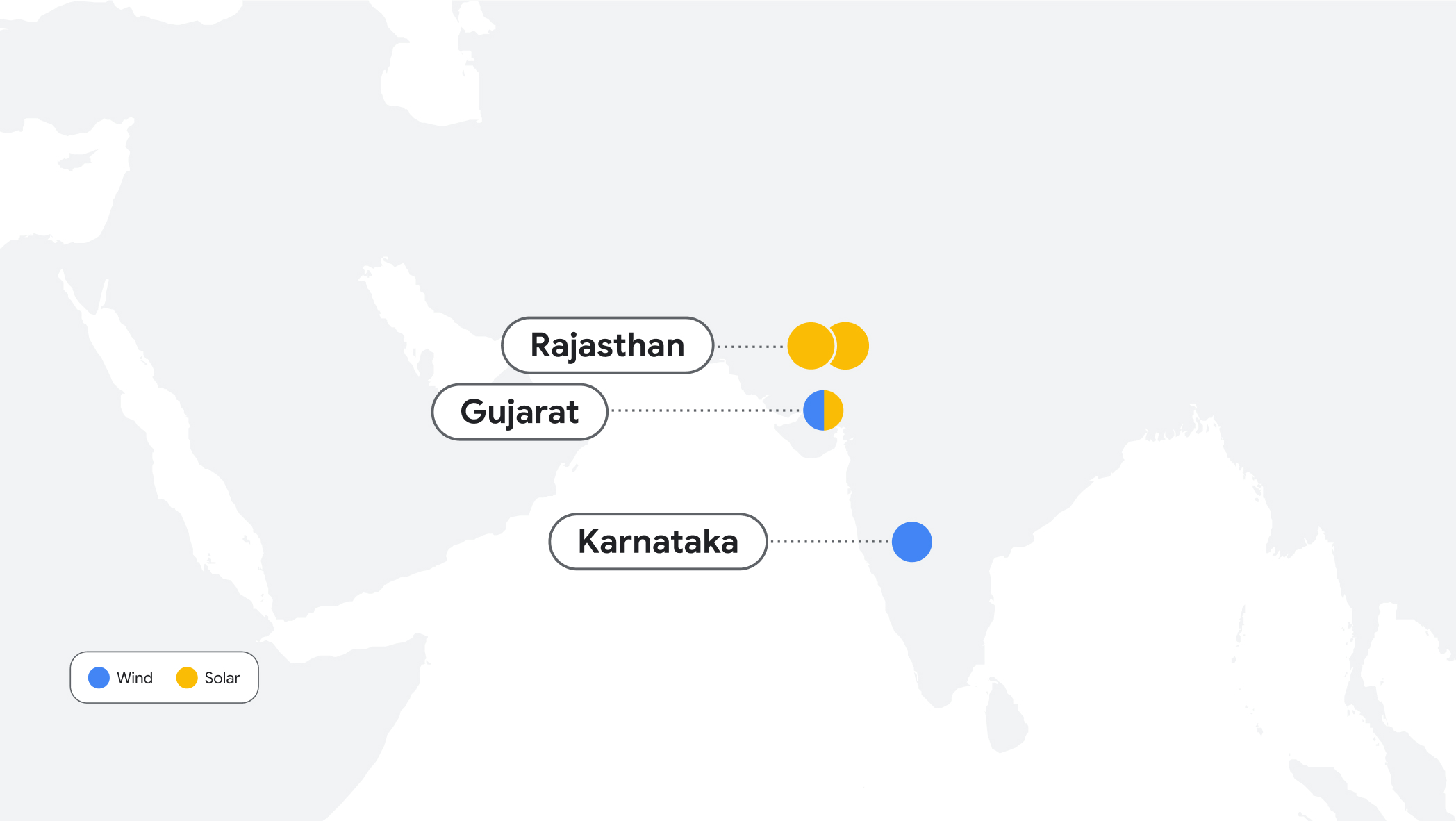Supporting the 2024 Indian General Election

Supporting elections is a critical part of Google’s responsibility to our users and the democratic process. With millions of eligible voters in India heading to the polls for the General Election in the coming months, Google is committed to supporting the election process by surfacing high-quality information to voters, safeguarding our platforms from abuse and helping people navigate AI-generated content.
Here are the ways we’ll be providing support:
Connecting voters to helpful information
In the run-up to elections, people need useful and relevant information to help them navigate the electoral process. We make reliable information easily available with helpful product features, showing data from trusted organizations across our products.
Our product features are designed to elevate authoritative information on a variety of election-related topics.
- Voting information on Google Search and YouTube: We’re collaborating with the Election Commission of India (ECI) to enable people to easily discover critical voting information on Google Search - such as how to register and how to vote - in both English and Hindi.

During election season, YouTube surfaces a variety of election information panels, including on how to register to vote, how to vote and candidate information.

- Authoritative information on YouTube:
For news and information related to the election, YouTube’s recommendation system prominently surfaces content from authoritative sources on the YouTube homepage, in search results, and the “Up Next” panel.
YouTube highlights high-quality content from authoritative news sources during key moments, through its Top News and Breaking News shelves, and news watch page.
Moreover, we have information panels that indicate funding sources from publishers that receive public or government funding, and information panels giving topical context for topics prone to misinformation.
For example, at the top of relevant search results and under videos related to electronic voting machines, we append an information panel directing viewers to the Election Commission of India’s FAQs on the technical and administrative safeguards on electronic voting.

Safeguarding our platforms and combating misinformation
Protecting the integrity of elections also means keeping our products and services safe from abuse. Across Google, we have long-standing policies to keep our products and platforms safe. Our policies are enforced consistently and apply to all users, regardless of content type.
- Enforcing our policies and using AI models to fight abuse at scale: We have policies around demonstrably false claims that could undermine democratic processes, for example, in YouTube’s Community Guidelines and our political content policies for advertisers. YouTube also has long-standing policies in areas like manipulated content, incitement to violence, hate speech and harassment. We rely on a combination of human reviewers and machine learning to identify and remove content that violates our policies. Our AI models are enhancing our abuse-fighting efforts, while a dedicated team of local experts across all major Indian languages are working 24X7 to provide relevant context. With recent advances in our Large Language Models (LLMs), we’re building faster and more adaptable enforcement systems that enable us to remain nimble and take action even more quickly when new threats emerge.
- Ongoing transparency on Election Ads: We have strict policies and restrictions around who can run election-related advertising on our platforms. For example, we require all advertisers who wish to run election ads on our platforms to undergo an identity verification process, provide a pre-certificate issued by the ECI or anyone authorized by the ECI for each election ad they want to run where necessary and have in-ad disclosures that clearly show who paid for the ad. Additionally, we have long-standing ads policies that prohibit ads from promoting demonstrably false claims that could undermine trust or participation in elections. And to provide greater transparency, we compile all election ads in a searchable hub that provides insights on who the advertisers are, where they are located and how much is spent on the ads.
- Working with the wider ecosystem on countering misinformation: Our Google News Initiative Training Network and the Fact Check Explorer tool have helped enable newsrooms and journalists to deliver reliable, fact-checked updates to debunk misinformation. We help equip people across the country with ways to better evaluate information online through ongoing initiatives such as FactShala, Sach Ke Saathi and YouTube’s Hit Pause.
Additionally, ahead of the General Election, Google is supporting Shakti, India Election Fact-Checking Collective, a consortium of news publishers and fact checkers in India, working together to aid the early detection of online misinformation, including deepfakes, and to create a common repository that news publishers can use to tackle the challenges of misinformation at scale. The project will also provide news organizations and fact-checkers essential training in advanced fact-checking methodologies, deepfake detection, and the latest Google tools like the Fact Check Explorer, to streamline verification processes
Helping people navigate AI-generated content
With more people using artificial intelligence to create content, we’re building on the ways in which we help our audiences identify AI-generated content through several new tools and policies.
- Ads disclosures: Last year, we were the first tech company to launch new disclosure requirements for election ads containing synthetic content. As more advertisers leverage the power and opportunity of AI, we want to make sure we continue to provide people with greater transparency and the information they need to make informed decisions. Our ads policies already prohibit the use of manipulated media to mislead people, like deepfakes or doctored content.
- Content labels on YouTube: We want to help provide viewers as much context as possible about the content they’re watching. We’ve already started displaying labels for content created with YouTube generative AI features, like Dream Screen. And soon, YouTube will begin to require creators to disclose when they’ve created realistic altered or synthetic content, and will display a label that indicates for people when they’re watching this content.
- A responsible approach to Generative AI products: Out of an abundance of caution on such an important topic, we have begun to roll out restrictions on the types of election-related queries for which Gemini will return responses. We take our responsibility for providing high-quality information for these types of queries seriously, and are continuously working to improve our protections.
- Providing users with additional context: About this Image in Search helps people assess the credibility and context of images found online. Our double-check feature in Gemini evaluates whether there is content across the web to substantiate its response.
- Digital watermarking: We’re committed to finding ways to ensure every image generated through our products has embedded watermarking with Google DeepMind’s SynthID.
- Industry collaboration: We recently joined the C2PA coalition and standard, a cross-industry effort to help provide more transparency and context for people on AI-generated content. Alongside other leading tech companies, we pledged to help prevent deceptive AI-generated imagery, audio or video content from interfering with this year’s global elections. The ‘Tech Accord to Combat Deceptive Use of AI in 2024 Elections’ is a set of commitments to deploy technology countering harmful AI-generated content meant to deceive voters.
This all builds on work we do around elections in other countries and regions. Google is committed to working with government, industry, and civil society and surface and connect voters to authoritative and helpful information online.
Images, headlines, and sources are simulated in order to illustrate these features





